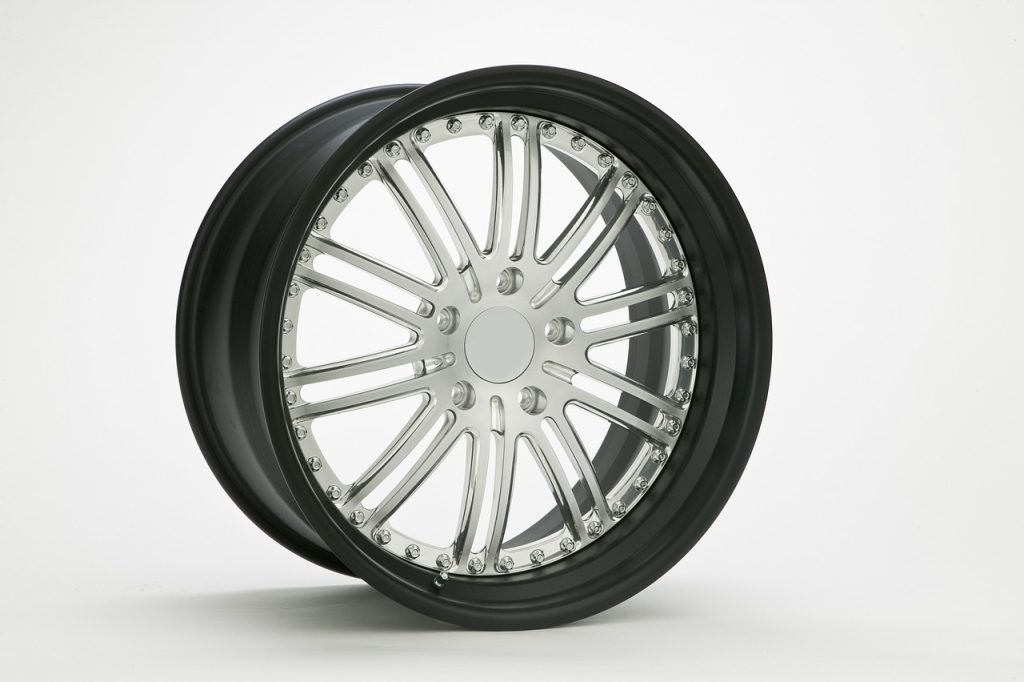With over 11,000 crashes caused each year by blowouts or skids, tire failure is a risk that every driver should take seriously. New tires are far less likely to experience problems than old, damaged, or worn-down tires. If you notice any of the following signs of tire trouble, head to your local Toyota dealer for a new set of tires without delay.
Aging Tires
No matter how good the condition of your tires, it’s wise to replace them after they reach a certain age. Most tire manufacturers will recommend tire replacements after six years or so. Check the recommended age limit for your own particular brand. Even if you drive less frequently and far than the average driver, tire rubber tends to wear down and lose strength over time, eventually becoming unsafe to drive on.
Well-Traveled Tires
Another metric to pay attention to is how much usage you’ve put your tires through. After a certain number of miles, all tires eventually need to be replaced.
It’s best to know the mileage limit on your tire manufacturer’s warranty and replace your tires once you reach that number. This is often around 60,000 miles, though the figure will vary from brand to brand.
Shallow Treads
No matter the age or mileage, if a tire’s tread depth becomes too shallow to grip the road reliably, it’s time for replacement tires. The minimum safe tread depth is usually considered to be 2/32 of an inch. During winter, when you need more tread depth to maintain traction on slippery surfaces, you may want to replace your tires before their treads become this shallow.
Bulging Rubber
Internal damage can sometimes cause the external rubber of tires to bulge. If you ever notice a bulge in one of your tires, have it checked at once by a technician. An internal puncture may have caused the bulge, meaning the tire is no longer safe to use.
Excessive Cracks
Small cuts of holes in a tire may be reparable, but multiple cracks spreading throughout the sidewalls usually mean the tire has to go. Cracks are often caused by the rubber’s chemicals and moisture dissipating, leaving the rubber brittle, inflexible, and susceptible to damage and blowouts.
Plummeting Pressure
Tire pressure should always be maintained at the optimal level recommended by the vehicle’s manufacturer. If your monthly air pressure checks or automatic tire pressure monitor ever shows you that a tire is steadily losing air, you may have a hidden puncture on your hands. Any tire that can no longer hold air reliably will usually have to go.
Have your tires checked, rotated, or replaced today at Toyota of Kingsport. Since 1978, our award-winning family-owned dealership has been taking care of the region’s drivers with excellent vehicles and customer service.






